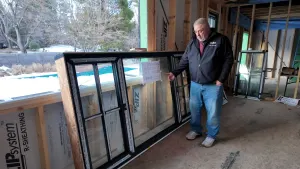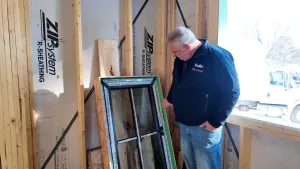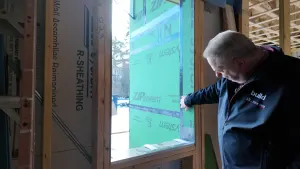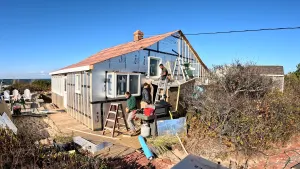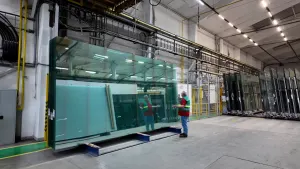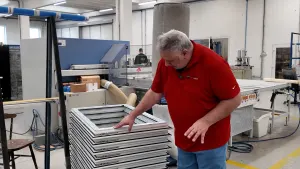For Light in Dark Interiors—Skylights or Solar tubes?
What's the best, eco-friendly way to brighten up a dark interior in a house or other building? If this problem wasn't addressed when the building was built, there are easy fixes afterward. Skylights or solar tubes can be strategically placed to bring natural light into a room with north-facing windows or an interior conference room.
Skylights have evolved since the Roman Empire
Skylights date to Roman times when they were called oculi (or eyes) and tended to be rounded and sit upon a dome. Skylights have many changes since then. For example. when glass became easier to manufacture during the Industrial Revolution. In the U.S., Thomas Jefferson installed 13 skylights at Monticello, leading to a surge in popularity. As president, he also oversaw the building of a skylight in the National Statuary Hall, but it is not there today.
Skylights offer a piece of the sky
Now skylights are a common, tightly built, and affordable feature, which if properly installed, can provide a delightful view of the sky. Here are the pros and cons of adding a skylight to a building that needs more interior light.
Pros
Skylights not only provide light and a view of the sky, they can add to a home's resale value. Skylights can be vented or shaded, guarding against excessive UV ray exposure. The way skylights open rooms to the sky and fill them with light are highly prized features.
Cons
But skylights have their downsides. They can cost as much as $2,000+ each to buy and install. You can even encounter challenging skylight leakage after proper installation. (Every contractor who has built enough homes has a skylight leakage story!)
In addition, skylights are not energy efficient in the summer because their sun exposure likely will add additional heat to interiors and in the winter they lose heat much faster than the surrounding ceiling with standard depths of roof insulation. Many people don't like the increased UV ray exposure that comes with a skylight that can fade interiors and fabrics.
Solar tube technology dates from ancient times

Developed first in Ancient Egypt, the solar tube was again used in the 1850s by Paul Emil Chappuis. He manufactured reflectors, designed to bring light deep into a building, but his factory was destroyed in World War II. The solar tube became commercially available in the U.S. in the 1990s.
Solar tubes create a UV-free light source
There are many reasons to recommend solar tubes to clients, and chief among them is their ability to create a bright source of natural light in a dark room. Solar tubes are easy to install and do not require an interior finish (they usually have a trim ring on the ceiling similar to a. Solar tubes block UV rays at the dome level before the light is reflected through the tube. The tube enters through the roof, bends in the attic, then uses mirrors to move light to its final destination.
Pros and Cons
Building and business owners may be eligible for a tax credit for solar tubes, which cost about $700 fully installed. The downside of a solar tube can be water condensation in the tube and the lack of a sky view. Some say that solar tubes don't add much to resale value. One terrific use for Solar Tubes is to add daylight to dark interior spaces without windows. Matt Risinger has used them often for interior bathrooms and he finds them helpful for Master Closets where natural lighting can help distinguish clothing colors. Another pro for solar tubes over skylights is that their energy penalty is much less than a skylight. The tubes are usually 1 to 2-sq feet of roof compared to 10-sq feet+ for a skylight so there is less roof insulation displaced and less gain in the summer of heat or loss in the winter.
Both skylights and solar tubes bring mood-lifting daylight into a house, office, or other building. If your client needs more interior light to brighten their days, skylights or solar tubes may be an appealing solution.

 Share on facebook
Share on facebook Tweet
Tweet Email
Email Share on Linkedin
Share on Linkedin







